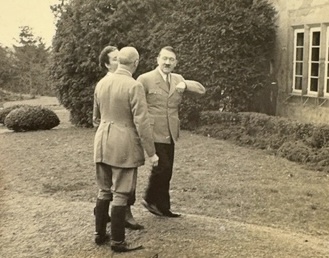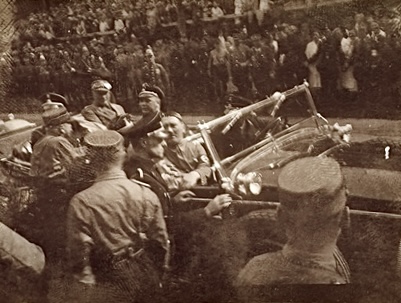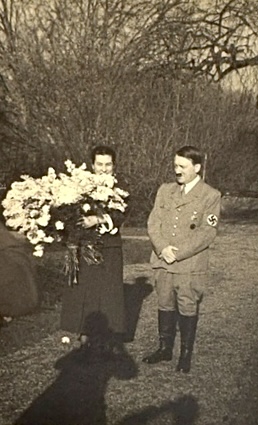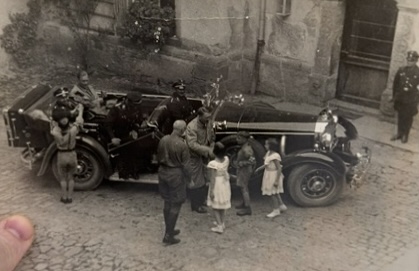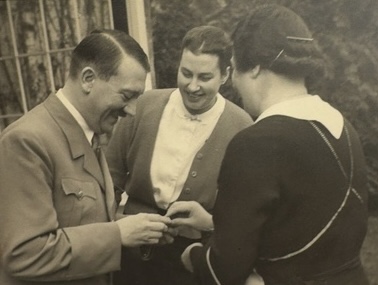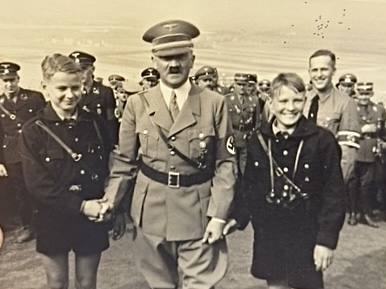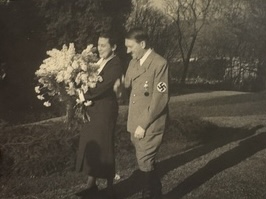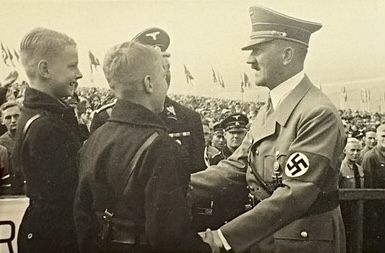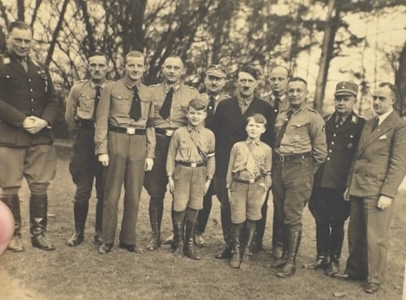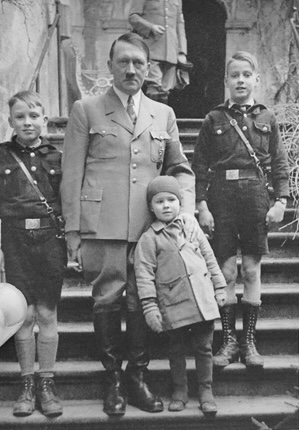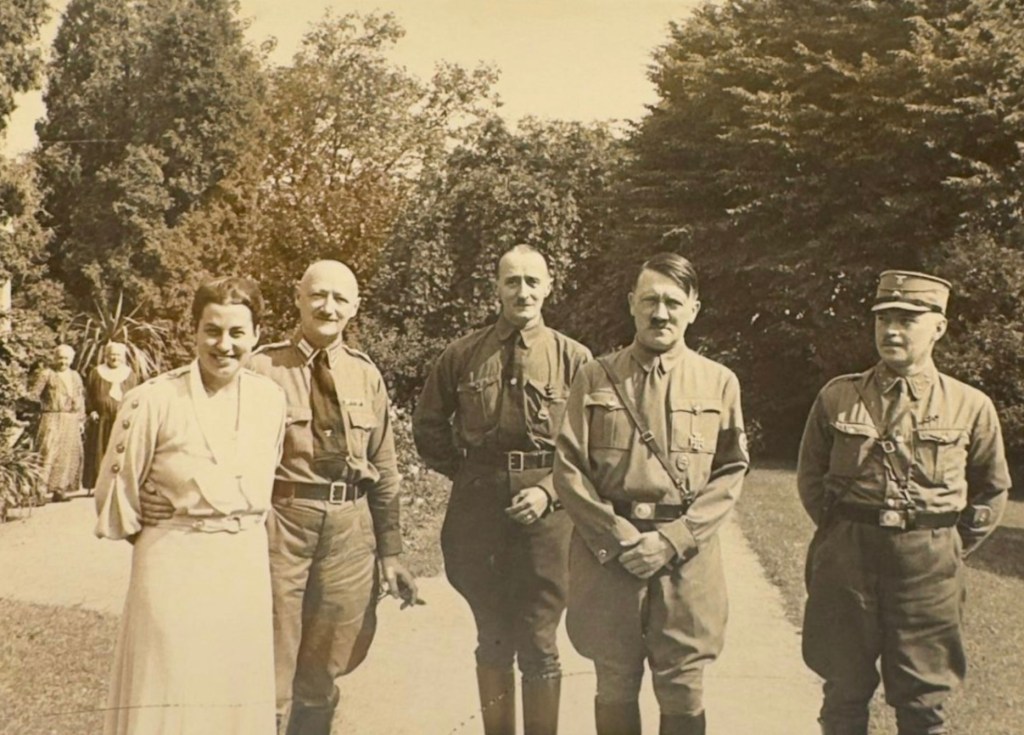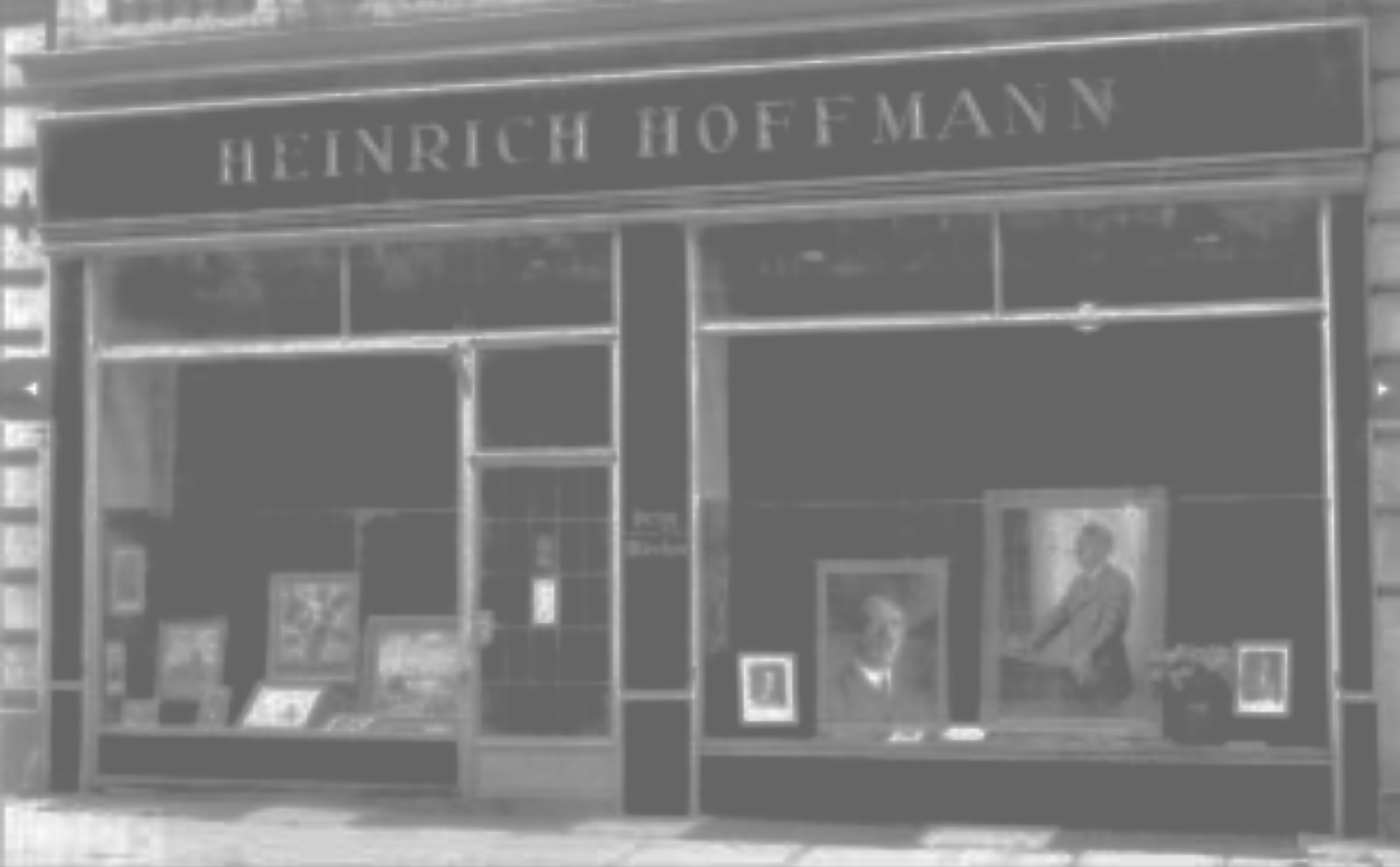“Everything now depends on Lippe.”
-Joseph Goebbels, Reich Propaganda Director of the NSDAP, diary entry on 13 January 1933.
The former state of Lippe, a region of North Rhine-Westphalia, was the focus of an intense election campaign that occurred in early January of 1933. By the time Adolf Hitler and the National Socialists had come to power at the end of that month, Lippe had seen several weeks of carefully executed Nazi propaganda directed at its voting populace. The NSDAP had just experienced a bitter and devastating defeat in the Reichstag election on 6 November 1932, losing two million voters and therefore falling from 37.4 to 33.1 percent support, and Hitler decided to direct all of his focus on the small Free State of Lippe in order to achieve a much needed success in the state elections taking place on 15 January 1933.

Hitler’s campaign strategy involved an arduous schedule of speaking engagements spanning across the entire Lippe region – 17 election campaign events were planned in just eleven days. Hitler appeared and often spoke several times each day in some city or town in Lippe, even in tiny village communities, up until the very eve of the election. He would reach well over 70,000 listeners, or two out of every three eligible voters. Adolf Hitler knew everything was at stake for him and the weakening NSDAP as he traversed through every corner of the state of Lippe.

The National Socialists had failed to win a single seat to the Lippe Landtag (State Diet) in the previous state elections held on 6 January 1929. This time the NSDAP campaign had to work tirelessly to sway voters away from this traditional stronghold of the Social Democrat Party. A victory here was seen as an absolute necessity for Hitler. Even the Communist Party campaigned heavily in this region despite the fact that there were only 117,286 eligible voters in the entire state and this region of the country had almost no political importance. The NSDAP desperately needed a symbolic victory in order to rebound after their devastating losses in November.

In the previous state election in Lippe in 1929, the NSDAP had only won 2,713 votes, or less than 4 percent of the vote, depriving them of any seats in the State Landtag. The NSDAP had much better success running for the first time in the Lippe local level elections held in January 1932, becoming the strongest force in Lemgo with a third of the total number of votes and 6 of the 18 city councilors. After achieving another surge in the Reichstag election held on 31 July 1932 with 42,280 votes, the National Socialists fell sharply back here on 6 November garnering only 33,938 votes.


The NSDAP had had great success running in the local elections of Lippe just one year earlier in January 1932. In Lemgo they received a third of the total number of votes, and 6 of the 18 city council seats. The KPD became the second strongest party, followed by the SPD.
Whenever Hitler campaigned or travelled in Lippe he was always hosted at Gut Grevenburg, the estate home of Baron Adolf von Oeynhausen, descendent of Prussian nobility. The Oeynhausen family had built the small Renaissance manor house in 1566 and it still remains in the family to this day. Prince August Wilhelm von Preussen was another descendent of nobility and staunch supporter of Adolf Hitler and the NSDAP used to attract votes to the party in elections. When he was elected to the Landtag of Prussia in April 1932, he was appointed an election speaker alongside Hitler, whom he ardently campaigned with across Germany and was vital in garnering support in the Lippe elections.

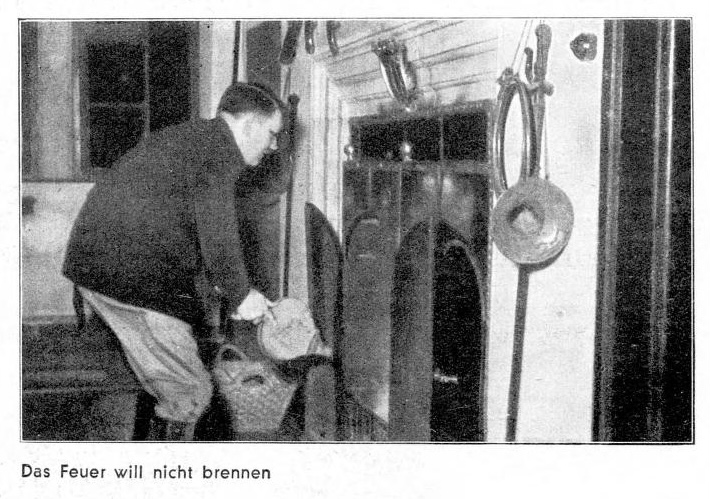
Despite his aggressive campaign and propaganda effort, Hitler’s desired outcome was only partially achieved. Even though the NSDAP came out as the strongest party in the 1933 state election with almost 40% of the vote, it didn’t receive the goal of an absolute majority. Still the Nazi’s came out winning nine of the twenty-one seats, achieving 38,844 votes of the total of 98,500 cast. The election result doesn’t change the fact that large parts of the Lippe population at that time, like the majority of the German population, saw no economic or political prospects. Therefore it is likely that many more people than the 40 percent who had voted for the NSDAP viewed Hitler’s appointment as Chancellor and his “seizure of power” two weeks later as a sign of hope for the country.





14 January 1933: In Bad Salzuflen, Adolf Hitler talks to Alfred Meyer, the Gauleiter of North Westphalia. He later became State Secretary for the occupied eastern territories and was a participant in the Wannsee Conference.

The 1933 state election campaign employed a wide variety of propaganda techniques. Mediums such as posters, parades, street demonstrations, speeches and extensive press coverage were used to attract voters. Here the NSDAP bus goes on a propaganda trip through Bad Salzuflen.
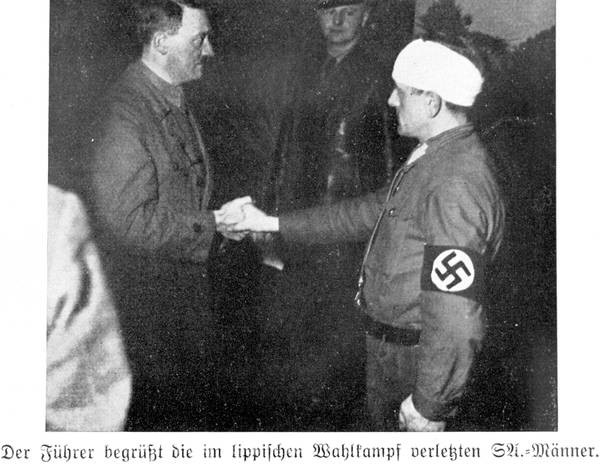
Although not the landslide triumph that was so eagerly anticipated, the result was still celebrated by the National Socialists as an “overwhelming election victory” and was self-described by the NSDAP as the “Lippian Breakthrough Battle”, which politically laid the groundwork for the “seizure of power” to occur on January 30, 1933. Even though the conservative-national forces were not able to achieve a crushing electoral success, they were able to maintain their position and form a solid parliamentary majority together with the NSDAP, which was therefore described by Nazi propaganda as a stunning “victory of the national front” against the “left” and “Marxism”.
Hitler in Grevenburg
The following January of 1934 Hitler returned to Lippe to honor the one year anniversary of the election success of 15 January 1933. Adolf Hitler was paid homage by young and old alike at a public gathering at the Grevenburg. While Chancellor he repeatedly visited the area and frequently stayed at Grevenburg. From 1934 on, the date of January 15th was celebrated as a special day of remembrance, with locals taking great pride in the claim that the Lippe election is what had brought Hitler to power. The annual commemoration was dutifully carried out until 1945, even throughout the duration of the war.
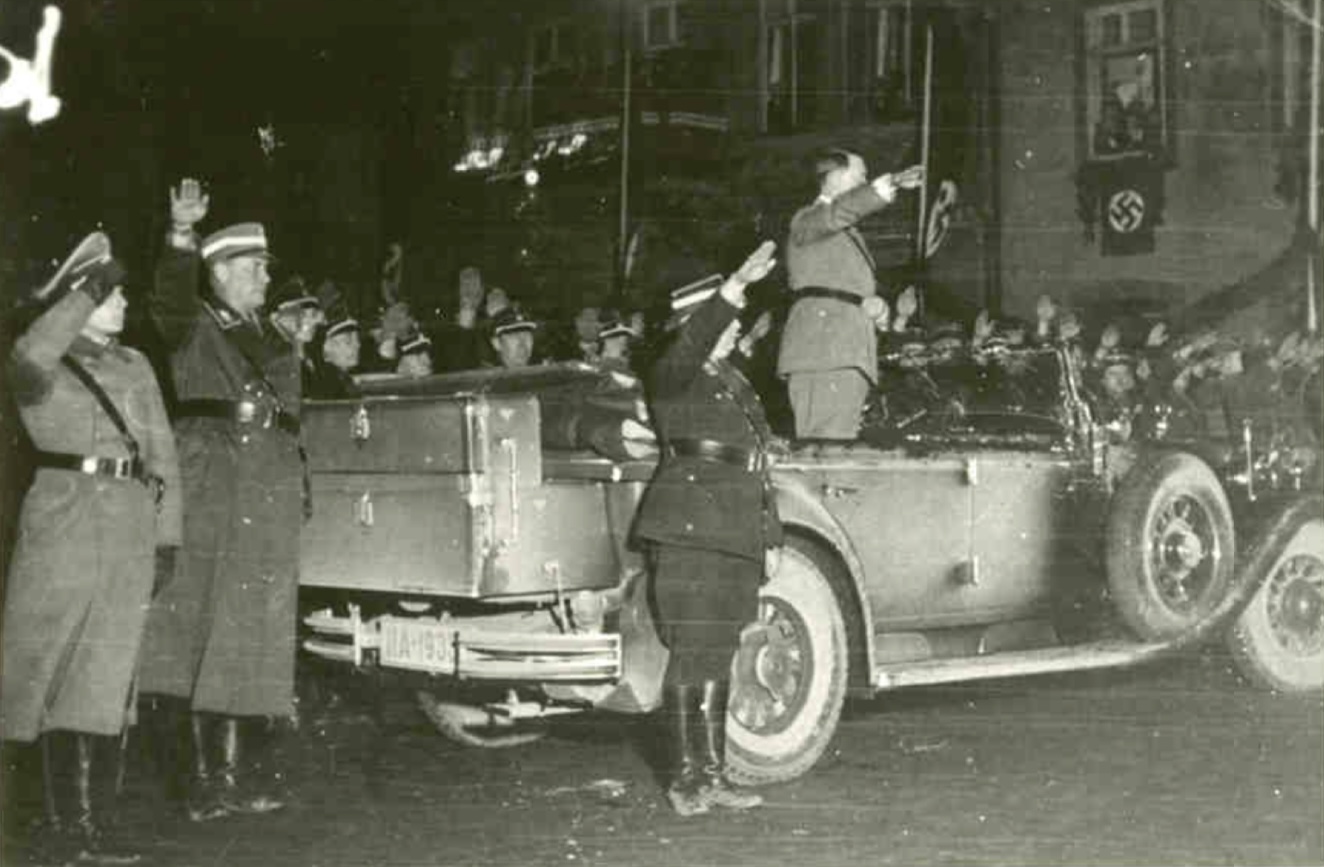
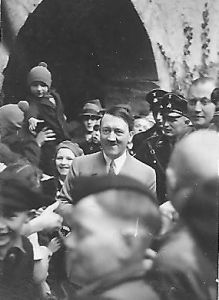

Adolf Hitler also traveled back to Grevenburg on the third anniversary of the 1933 State elections in Lippe on 15 January 1936. The East Westphalian-Lower Saxony area between Wewelsburg near Paderborn and Bückeberg near Hamelin continued to play an important role during the Nazi era. Hitler returned to this region again and again. Hitler stayed at the Grevenburg estate a total of 15 times between 1930 and 1936. At the Third Reich Ceremony marking the third anniversary of the State elections in Lippe, representatives of several of the Westphalian municipalities presented Hitler with honorary citizenship certificates at the Grevenburg near Detmold.

During the Lippe election campaign in January 1933, Gut Grevenburg, together with Vinsebeck Castle, served as a base for the NSDAP leadership. Hitler and Himmler traveled from here to each of their election campaign appearances.
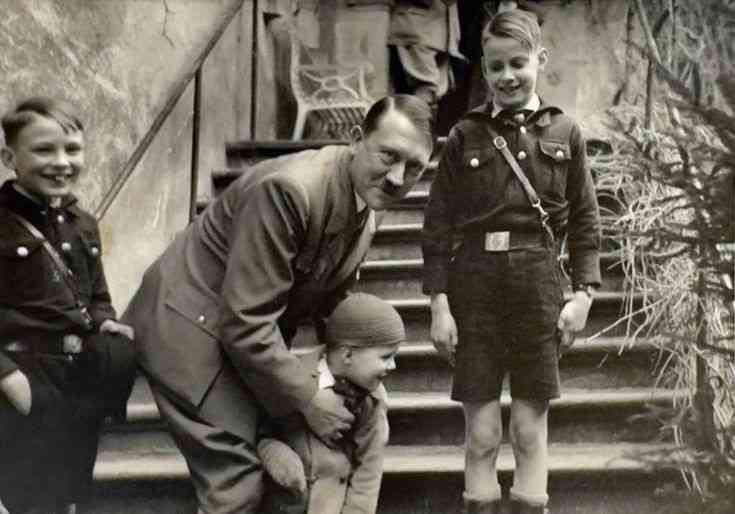

Hitler’s entourage, including Reichsführer-SS Heinrich Himmler and SA Chief of Staff Victor Lutze, and the leader of the German Labor Front, Robert Ley, were many of the prominent guests to Lippe. Schwalenberg and the Künstlerklause became especially popular not only in political circles, but also among other celebrities. Film stars such as Paula Wessely with her husband Attila Hörbiger, and even Wagner’s daughter-in-law Winifred Wagner, who directed the Bayreuth Festival in the National Socialist spirit, frequently came to Schwalenberg in the 1930’s.

Children gathered to see the Führer in the courtyard of Gut Grevenburg. Behind him, on the stairs is his photographer Heinrich Hoffmann. (picture: Firma Hoffmann, 1936)
Baron Friedrich Adolf Karl August Roderich Freiherr von Oeynhausen of Gut Grevenburg in Sommersell was a Nazi government official and later an SS brigade leader. Adolf von Oeynhausen came from the Westphalian noble von Oeynhausen family. At the beginning of September 1931 he became a member of the NSDAP (membership number 623,499). In January of 1933, he had hosted Adolf Hitler as a personal guest at his Grevenburg estate during the legendary Lippe breakthrough election campaign. Hitler returned here for a two night stay in January 1936 while he came to present a speech in Detmold.
“In a speech delivered at the new aircraft hangars at Detmold on the third anniversary of the National Socialist election victory in the principality of Lippe, which paved the way for Chancellor Adolf Hitler’s accession to power fifteen days later, Hitler warned the German people tonight that they must be prepared to make sacrifices if they are to win.”
-The New York Times, 16 January 1936, p 17







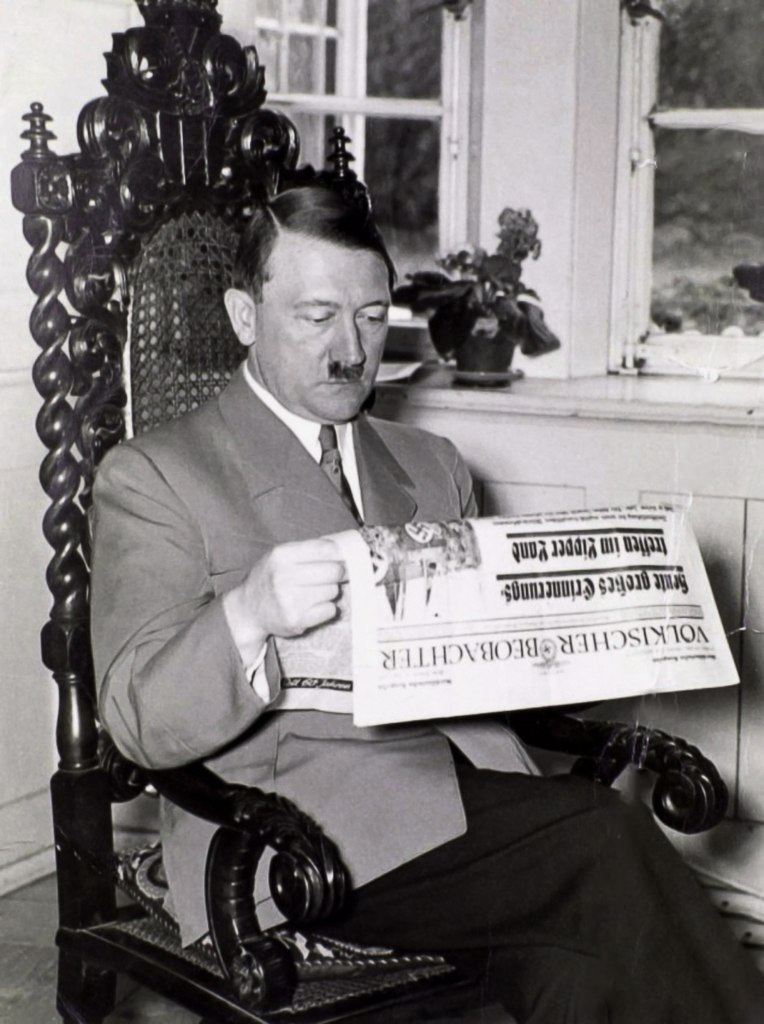
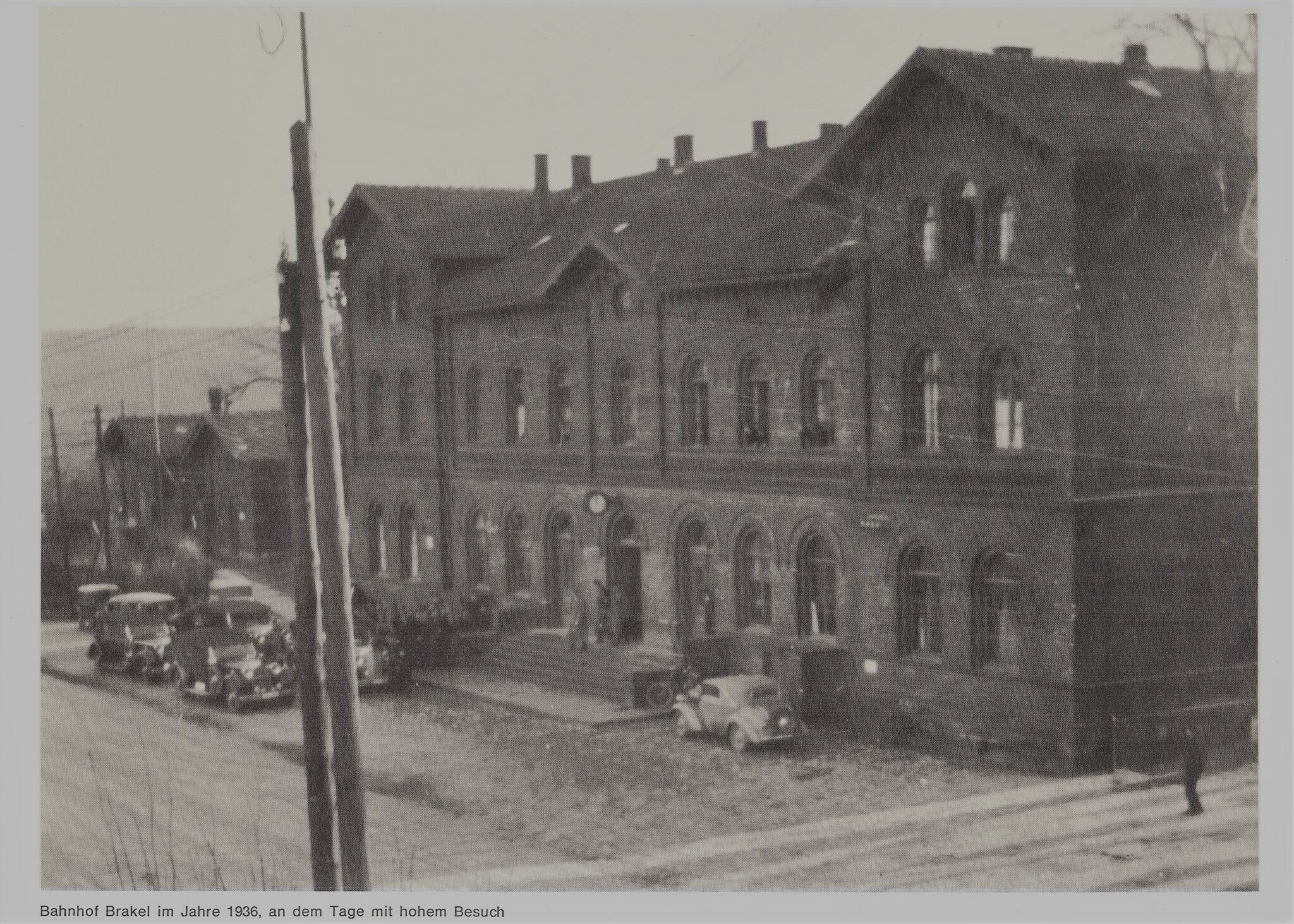
Adolf Hitler paid a special visit to his old companion Adolf Freiherr von Oeynhausen at Gut Grevenburg on 15 September 1936. He had supported him in the election campaign in Lippe in January 1933. Herr von Oeynhausen was district president of Minden from 1933 to 1943. The ‘Nethegau and Weserzeitung’ (Nethegau and Weser newspaper) published an article about Hitler’s arrival at the Brakel train station:
“Yesterday morning our town had the great honor of seeing the Führer within our walls, even if only for a short time. Coming from Nuremberg, he and his entourage left the Sonderzug to continue their journey by car. (…). The Führer’s impending arrival had been kept secret. When the news finally got through, a stream of people started moving towards the train station (…). With his hand raised in the German salute, the leader walked to his car, where he sat down next to the driver’s seat. The cars drove slowly (…) through the crowd forming a line on the flag-draped Adolf-Hitler-Strasse (today: Bahnhofstrasse) (…).”
In the book ‘Nachrichten aus B. Kleine Chronik des Dorfes Bellersen’, 2015 by Horst-Dieter Krus, he also describes the following amusing episode that occurred during Hitler’s travels up to Grevenburg through the village of Bellersen:
“Bellerser pigs stop Adolf Hitler” – “From Brakel, Adolf Hitler drives through the valley of the Brucht on snowless January 14, 1936, and through Bellersen and Abbenburg to reach Grevenburg, where he is expected by Adolf Freiherr von Oeynhausen. However, before the motorcade reaches the village of Bellersen, it is forced to an unexpected stop in the Bruchte Valley. Pig herder Hermann Dreier is driving the Bellers bristlecones across the road (…). And when the way is clear, Hitler gets out of the car and thanks Hermann Dreier with a handshake. Then the column continues its journey. The unexpected passing of the Führer’s column is also a surprise for the grain threshers who are at work on the Markus farm at the other end of the village.”
Adolf Hitler also passed through Brakel on his way to the Reich Harvest Festival (Reicherntedankfest) in Bückeburg on 5 October 1936, where he went by way of Gut Grevenburg.



Postcard souvenir from the NSDAP meeting to commemorate the decisive election victory in Lippe in 1938, Gau Westphalia North. Features a map of the cities where the Führer spoke in the 1933 campaign.
Commemorative exhibition of the National Socialists in Detmold, 1937. Election posters are being sorted to be displayed at a commemorative exhibition of the NSDAP in Gau Westfalen-Nord.

In October 2024 over 2 dozen private photographs of Adolf Hitler were auctioned off from the estate of Adolf von Oeynhausen. Adolf von Oeynhausen came from the Westphalian noble von Oeynhausen family. He was the son of Börries von Oeynhausen, a former district administrator of the Büren district. At the instigation of the NSDAP Gauleiter Alfred Meyer, Oeynhausen was appointed provisionally as district president on 1 April 1933 and finally as district president on 16 June 1933 because he was considered a reliable National Socialist. In January 1933 he had hosted Adolf Hitler as a personal guest at his Grevenburg estate during the legendary Lippe “breakthrough election campaign”. During his time in office, Adolf von Oeynhausen suggested Wewelsburg to Heinrich Himmler as the “Reichsführerschule of the SS”.

